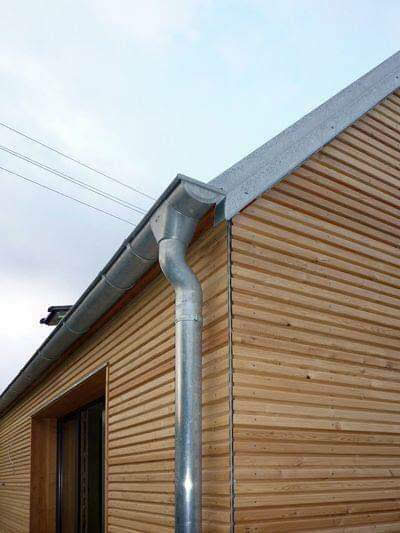Title: Enhancing Building Resilience: The Role of Roof Parapets in Water Management
Introduction: In the realm of architecture and construction, the incorporation of effective water management systems is paramount for ensuring the longevity and resilience of buildings. Among the various components designed to mitigate water-related issues, roof parapets stand out as crucial elements. These structures not only add aesthetic appeal to buildings but also play a significant role in directing and managing rainwater runoff. This article delves into the importance of roof parapets in water management for buildings, highlighting their benefits and key considerations.
Understanding Roof Parapets: Roof parapets are low walls or barriers that extend above the roofline, typically positioned at the edges of flat or low-sloped roofs. Historically, they were primarily employed for defensive purposes, serving as protective barriers on fortifications and castles. However, in modern architecture, roof parapets serve a dual function of enhancing architectural aesthetics while also serving practical purposes, such as water management and safety.
Importance of Roof Parapets in Water Management: Roof parapets play a crucial role in managing rainwater runoff and preventing water infiltration into the building envelope. Here are several key reasons why roof parapets are essential for effective water management:
Water Diversion: One of the primary functions of roof parapets is to redirect rainwater away from the building's façade and foundation. By extending above the roofline, parapets create a barrier that helps channel rainwater towards drainage systems, such as gutters and downspouts, thus preventing water from cascading down the exterior walls.
Preventing Water Damage: Without adequate water management systems, rainwater runoff can infiltrate the building envelope, leading to structural damage, mold growth, and interior water leaks. Roof parapets act as a protective barrier, reducing the risk of water infiltration and associated damage to building components.
Enhanced Roof Drainage: In addition to directing water away from the building, roof parapets also facilitate efficient roof drainage. By containing water on the roof surface, parapets allow gravity to guide runoff towards designated drainage points, preventing ponding and stagnant water accumulation, which can accelerate roof deterioration.
Protecting Occupants and Property: Beyond structural concerns, effective water management contributes to occupant comfort and safety. Roof parapets help minimize the risk of water-related accidents, such as slippery walkways or ice dam formation, thereby enhancing overall building safety and usability.
Considerations for Design and Installation: When incorporating roof parapets into building design, several factors should be taken into account to ensure optimal performance and functionality:
Height and Width: The height and width of roof parapets should be carefully determined based on local building codes, climate conditions, and architectural aesthetics. Adequate height is essential to prevent water overflow, while the width should accommodate drainage requirements and provide structural stability.
Materials and Construction: Roof parapets can be constructed using various materials, including masonry, concrete, metal, and synthetic composites. The choice of materials should consider factors such as durability, weather resistance, and compatibility with existing roof systems.
- Integration with Roofing Systems: Proper integration of roof parapets with roofing membranes, flashings, and waterproofing layers is critical to prevent water penetration and ensure seamless performance. Attention should be given to detail
ing and sealing to maintain the integrity of the building envelope. Maintenance and Inspections: Regular maintenance and inspections are essential to ensure the ongoing effectiveness of roof parapets in water management. Inspections should include checks for signs of damage, deterioration, or blockages that may impede drainage.
Conclusion: Roof parapets play a vital role in effective water management for buildings, offering protection against water damage and contributing to the overall resilience of structures. By diverting rainwater away from the building envelope and facilitating efficient roof drainage, parapets help safeguard occupants, preserve property integrity, and prolong the lifespan of buildings. Incorporating well-designed and properly installed roof parapets is an essential consideration for architects, engineers, and building owners seeking to enhance the durability and sustainability of their projects in the face of water-related challenges.






































0 Comments